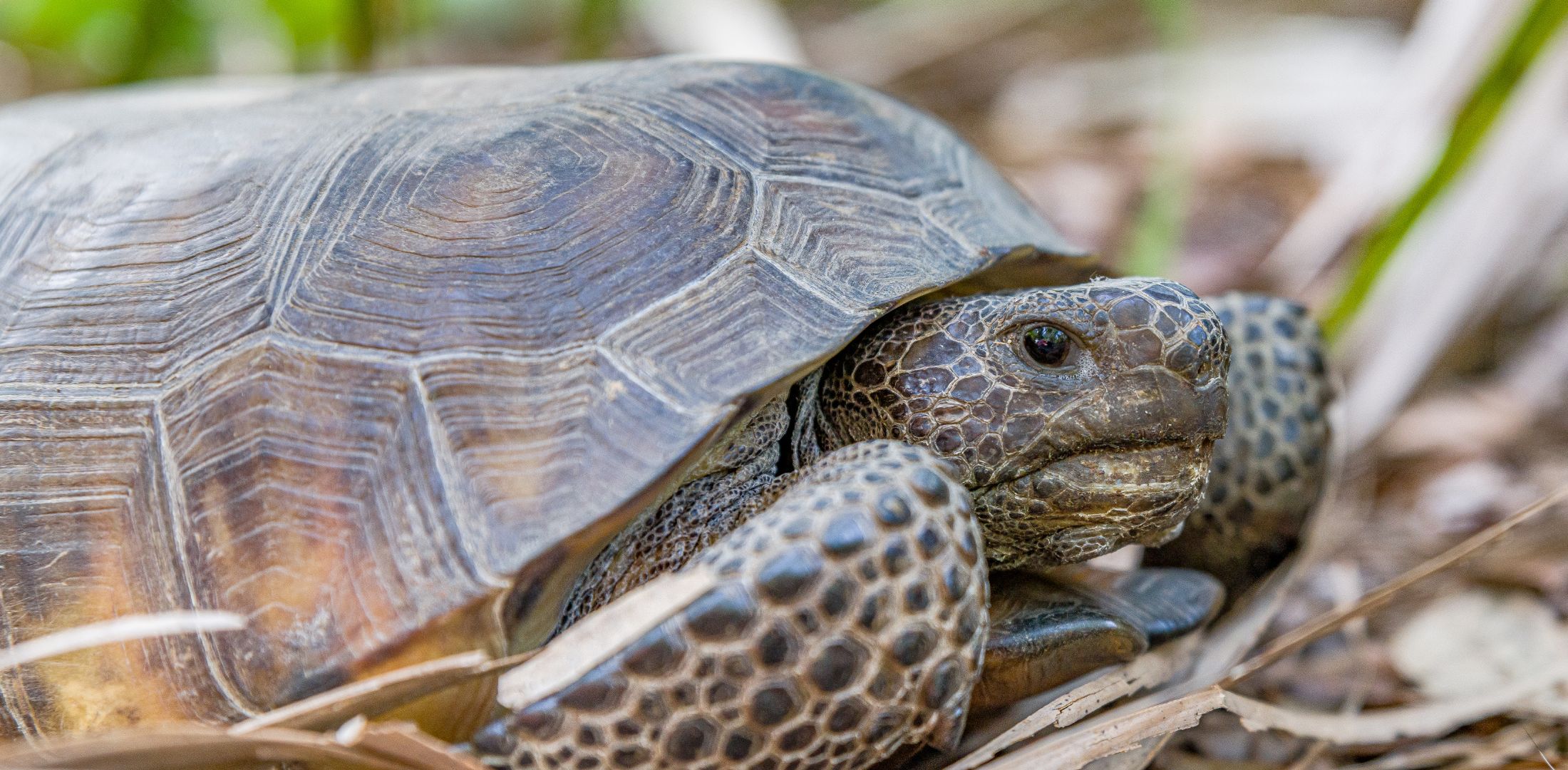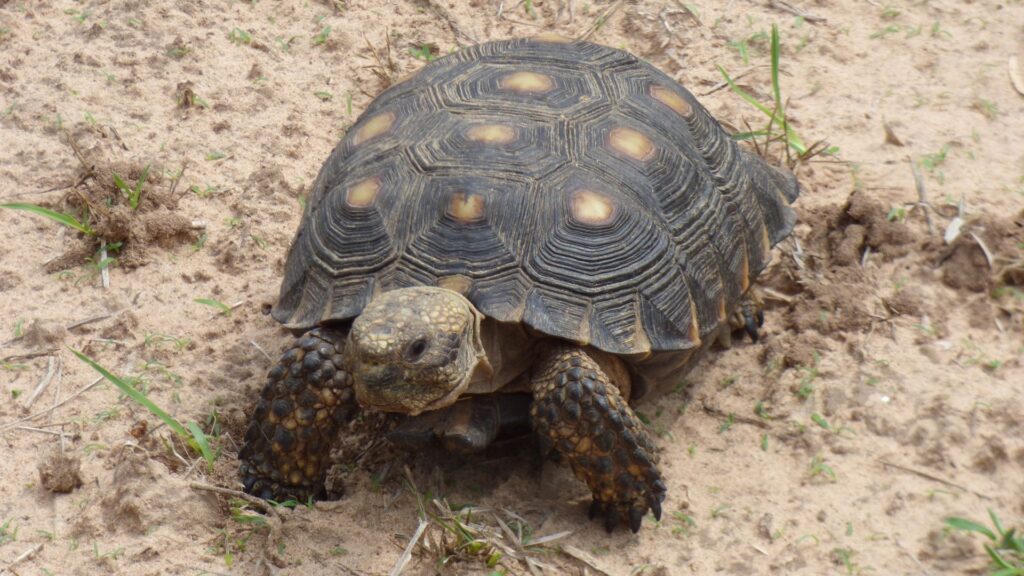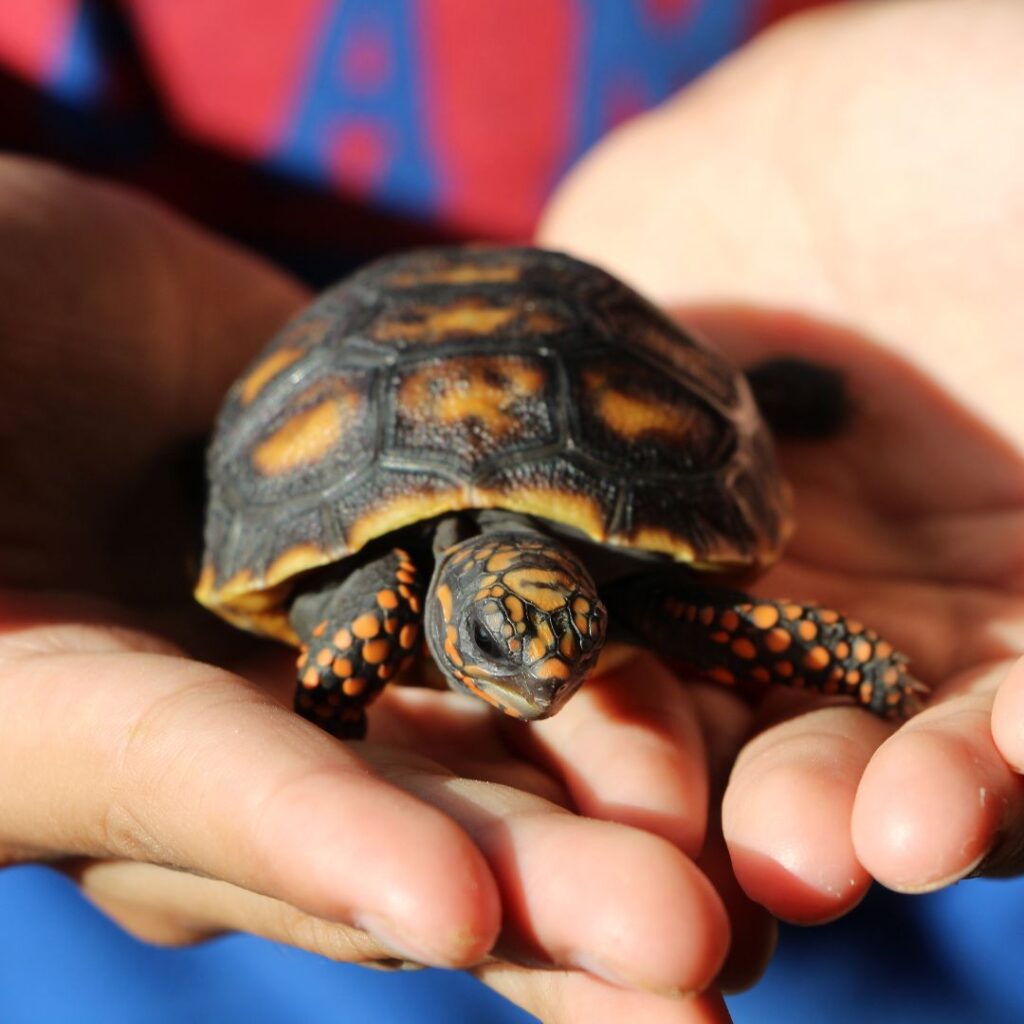Why the Texas Tortoise is Not Suitable as a Pet


The Texas tortoise (Gopherus berlandieri) is a remarkable species native to the southern United States and northern Mexico. Known for its resilience and unique behaviors, this tortoise plays a vital role in its natural habitat. However, recent trends show an increasing number of these tortoises being kept as pets. This article explores why the Texas tortoise is not suitable for domestication, highlighting the ethical, ecological, and legal implications.
Natural Habitat and Ecological Role
Gopherus berlandieri thrives in arid and semi-arid regions, such as thornscrub and grasslands. These tortoises are adapted to specific environmental conditions that include temperature fluctuations, soil types for burrowing, and native vegetation for food. According to Harte et al. (2019), these factors are crucial for their survival and well-being.
In their natural habitat, Texas tortoises contribute significantly to the ecosystem. They help in seed dispersal and maintaining plant diversity by grazing on various plant species. Removing these tortoises from the wild can disrupt these ecological processes, leading to long-term environmental consequences.

Ethical Concerns
Keeping Texas tortoises as pets raises several ethical issues. These tortoises are wild animals with complex needs that are difficult to meet in captivity. Research by the Herpetological Society of Texas (2021) indicates that captive tortoises often suffer from stress, malnutrition, and diseases due to inadequate care.
Moreover, the capture and trade of Texas tortoises for the pet market can lead to population declines in the wild. As these tortoises have low reproductive rates and long lifespans, the removal of even a small number of individuals can have significant impacts on their populations.

Health and Welfare Issues
Texas tortoises require specific diets and environmental conditions to thrive. In captivity, they often receive improper nutrition, leading to various health issues such as metabolic bone disease and shell deformities. Studies have shown that the majority of pet tortoises do not receive the necessary UVB light exposure, resulting in vitamin D3 deficiencies and poor calcium metabolism (Smith & Johnson, 2018).
Additionally, captive tortoises are susceptible to respiratory infections and parasites, which can be exacerbated by stress and inadequate living conditions. These health problems can significantly reduce their lifespan and quality of life.

Legal Implications
The legal implications of keeping Texas tortoises as pets are significant and multifaceted. In many regions, it is illegal to capture, possess, or trade Texas tortoises without proper permits. The species is protected under state and federal laws due to its vulnerable status.
For example, in Texas, the Texas Parks and Wildlife Department (TPWD) enforces regulations that prohibit the collection and possession of Texas tortoises from the wild. Violating these regulations can result in hefty fines and penalties. Under the Texas Administrative Code, fines for illegally possessing wildlife can range from $500 to $5,000 per offense.
At the federal level, the Texas tortoise is protected under the Endangered Species Act (ESA). The ESA makes it unlawful to harm, harass, or possess protected species without a permit. Violations of the ESA can result in civil and criminal penalties, including fines up to $50,000 and imprisonment for up to one year.
Furthermore, the illegal trade of Texas tortoises is monitored by international agreements such as the Convention on International Trade in Endangered Species of Wild Fauna and Flora (CITES). CITES aims to ensure that international trade does not threaten the survival of wild animals and plants. Violations of CITES regulations can lead to severe consequences, including international sanctions.
It is essential for potential pet owners to be aware of these legal ramifications before considering a wild animal as a pet. The legal framework is designed to protect the species and ensure their survival in the wild.

Alternatives to Keeping Texas Tortoises as Pets
Red-Footed Tortoise: A popular option for turtle enthusiasts is the red-footed tortoise (Chelonoidis carbonarius). This species is known for its bright red legs and friendly disposition. They are medium-sized tortoises that can adapt well to captive life with proper care.
Other commercially available tortoise species as pets include:
Russian Tortoise (Testudo horsfieldii): Known for its small size and hardiness, it is a good choice for novice turtle owners.
Leopard Tortoise (Stigmochelys pardalis): Recognized for its striking spot pattern, this larger tortoise can be a fascinating pet for those with adequate space.
Eastern Box Turtle (Terrapene carolina carolina): With its dome-shaped shell and colorful patterns, this species is popular among turtle enthusiasts.
When choosing a tortoise as a pet, it is important to thoroughly research the specific needs of the species and ensure they are provided with an appropriate and enriching environment.

Conclusion
The Texas tortoise (Gopherus berlandieri) is a remarkable species that plays a crucial role in its ecosystem. However, keeping these tortoises as pets is fraught with ethical, ecological, and legal challenges. By understanding the importance of preserving wild populations and supporting conservation efforts, we can ensure that these unique tortoises continue to thrive in their natural habitats.
References
Harte, S., Garcia, C., & Martinez, L. (2019). Habitat requirements and ecological role of the Texas tortoise (Gopherus berlandieri) in South Texas. Journal of Herpetology, 53(2), 123-130.
Herpetological Society of Texas. (2021). The plight of captive Texas tortoises. Herpetological Review, 42(3), 89-97.
Smith, A., & Johnson, P. (2018). Health and nutritional challenges of captive tortoises. Veterinary Medicine, 27(4), 345-355.
Texas Parks and Wildlife Department. (2022). Wildlife laws and regulations. Retrieved from TPWD.
U.S. Fish and Wildlife Service. (2021). Endangered Species Act overview. Retrieved from USFWS.

